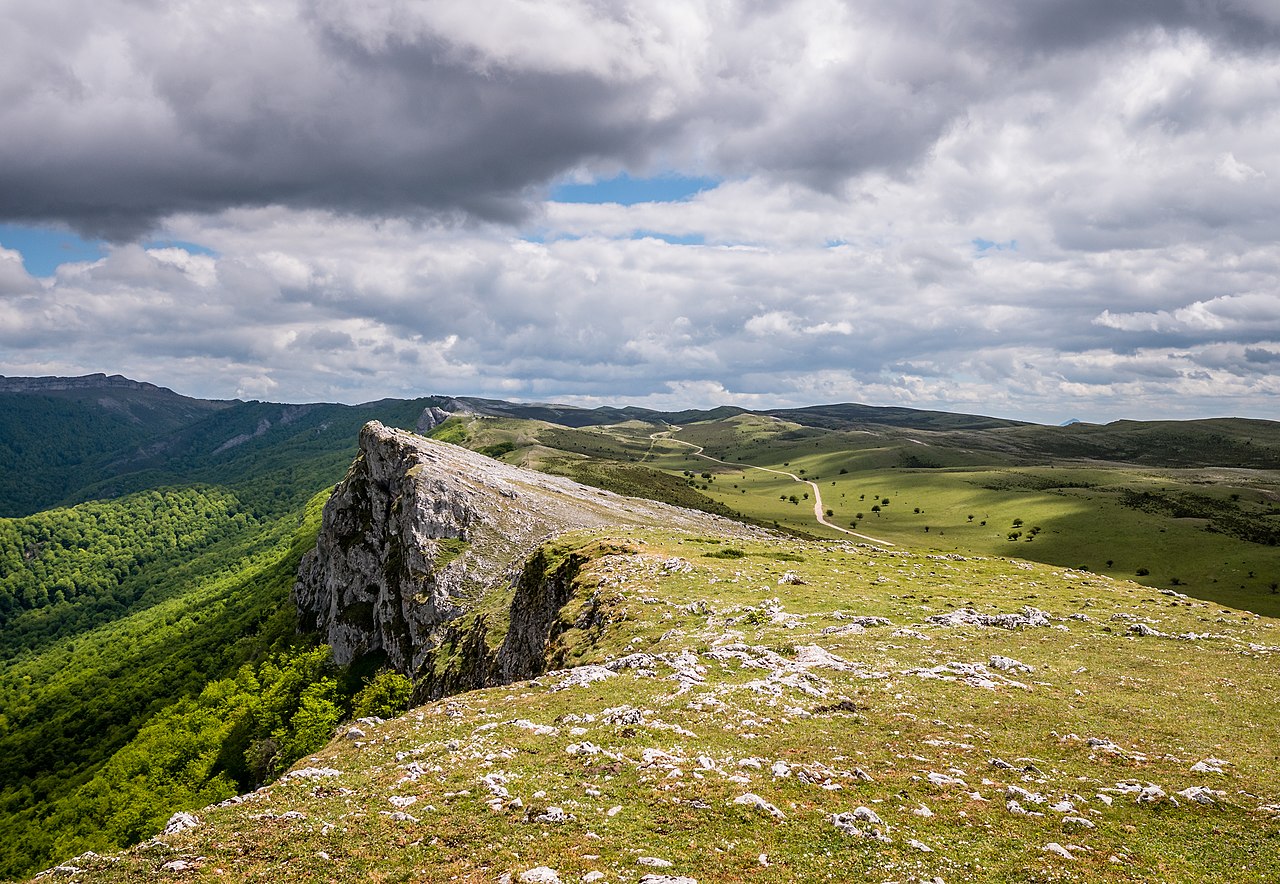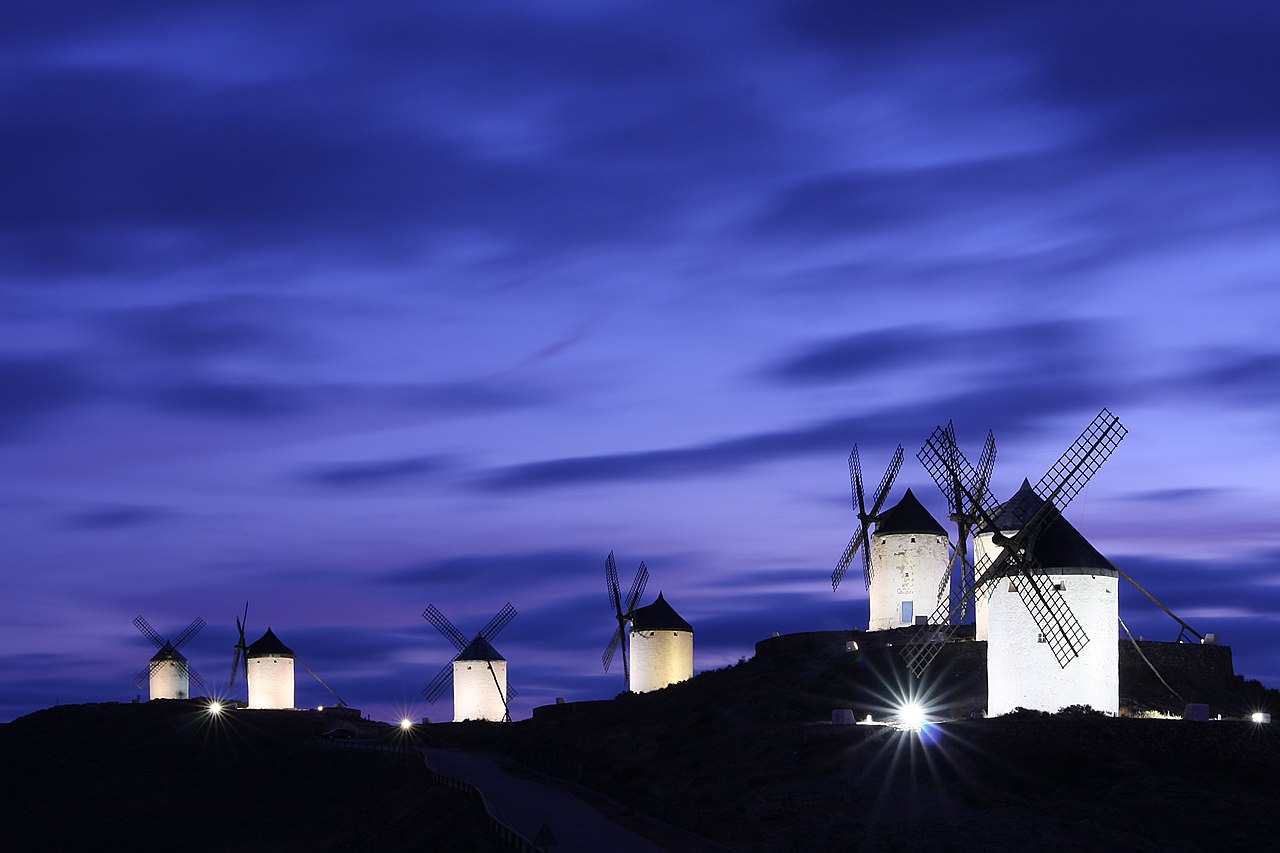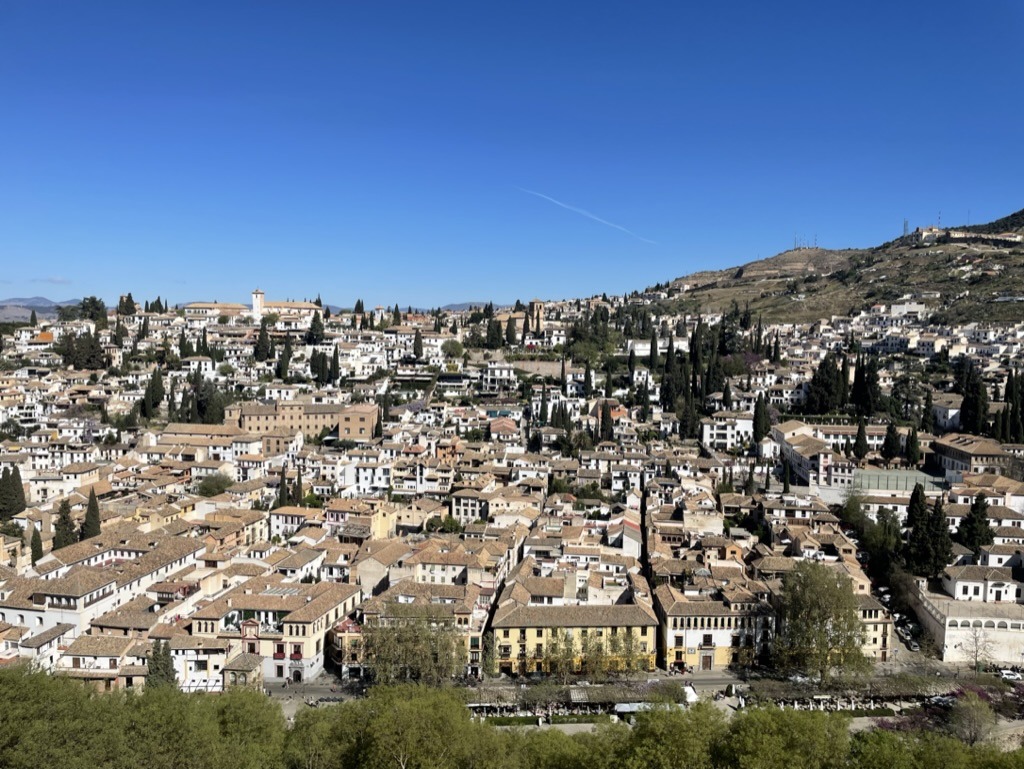Castile and León enchants visitors with its stunning architecture, rich cultural heritage, and delicious cuisine. Whether you’re exploring historic cities, hiking through beautiful landscapes, or savoring local dishes, Castile and León offers a memorable and enriching travel experience.
Getting There and Around
Castile and León, a large region in northwestern Spain, is accessible via several transportation options. The main airports serving the region are Valladolid Airport, León Airport, and Salamanca Airport, offering domestic and some international flights. You can also reach the region by train, with high-speed AVE services connecting major cities like Valladolid, León, and Salamanca to Madrid and other parts of Spain. Buses and car rentals are convenient ways to explore the region, with well-developed highways and regional roads. Public transportation within cities includes buses, and many towns have pedestrian-friendly areas.
Top Attractions
- Segovia Aqueduct: An impressive Roman aqueduct that dates back to the 1st century AD, this iconic structure is one of the best-preserved Roman monuments in Spain.
- Burgos Cathedral: A UNESCO World Heritage site, this stunning Gothic cathedral is renowned for its elaborate architecture, intricate carvings, and beautiful chapels.
- Salamanca University: One of the oldest universities in Europe, founded in 1134. The university’s historic buildings, including the famous Plateresque facade, are a must-see.
- León Cathedral: Known for its breathtaking stained glass windows, this Gothic cathedral is a masterpiece of medieval architecture and a highlight of the city.
- Ávila Walls: The medieval walls of Ávila are remarkably well-preserved and surround the old town, offering stunning views from the top. The town is also known for its Romanesque and Gothic churches.
- El Escorial: Although technically just outside the region in Madrid, this historical residence of the King of Spain is a UNESCO World Heritage site and easily accessible from Castile and León. It’s known for its Renaissance architecture and significant cultural heritage.
Culture and Cuisine
Castile and León boasts a rich cultural heritage, with influences from Roman, Visigothic, Moorish, and Christian civilizations. The region is known for its historic festivals, such as the Holy Week processions in Valladolid and the Festival of San Juan and San Pedro in León.
The region’s cuisine is hearty and traditional, featuring local ingredients and time-honored recipes. Must-try dishes include cochinillo asado (roast suckling pig), morcilla de Burgos (black pudding), and hornazo (a meat pie typical of Salamanca). The region is also famous for its wines, particularly those from the Ribera del Duero and Rueda wine regions. Don’t miss sampling tarta de Santiago (a traditional almond cake) and yemas de Santa Teresa (sweet egg yolk treats).
Shopping
For shopping enthusiasts, major cities like Valladolid, León, and Salamanca offer a mix of international brands, local boutiques, and specialty stores. Historic centers are ideal for finding unique souvenirs, artisan crafts, and traditional Castilian products such as ceramics, leather goods, and textiles. Local markets, such as the Mercado del Val in Valladolid, are great places to buy fresh produce, local delicacies, and artisanal goods.
Day Trips
Castile and León’s diverse landscape and rich history make it ideal for day trips:
- Las Médulas: A UNESCO World Heritage site, this ancient Roman gold-mining area features stunning red cliffs and caves. It’s perfect for hiking and exploring the unique landscape.
- Peñafiel: A charming town known for its medieval castle, which houses the Provincial Wine Museum. The town is also at the heart of the Ribera del Duero wine region.
- Zamora: A city with a remarkable collection of Romanesque churches and a beautiful old town. The Semana Santa (Holy Week) processions here are among the most famous in Spain.
Practical Tips
A few simple tips to make your visit to Castille and Leon easier.
- Best Time to Visit: Spring (April to June) and Fall (September to November) offer mild weather and fewer tourists. Summers can be hot, particularly in the southern parts, while winters are cold, especially in the northern areas.
- Language: Spanish is the official language. While English is spoken in tourist areas, learning some basic Spanish phrases can enhance your experience and interactions with locals.
- Safety: Castile and León is generally safe, but as with any tourist destination, be mindful of your belongings in crowded areas and tourist sites to avoid pickpocketing.





